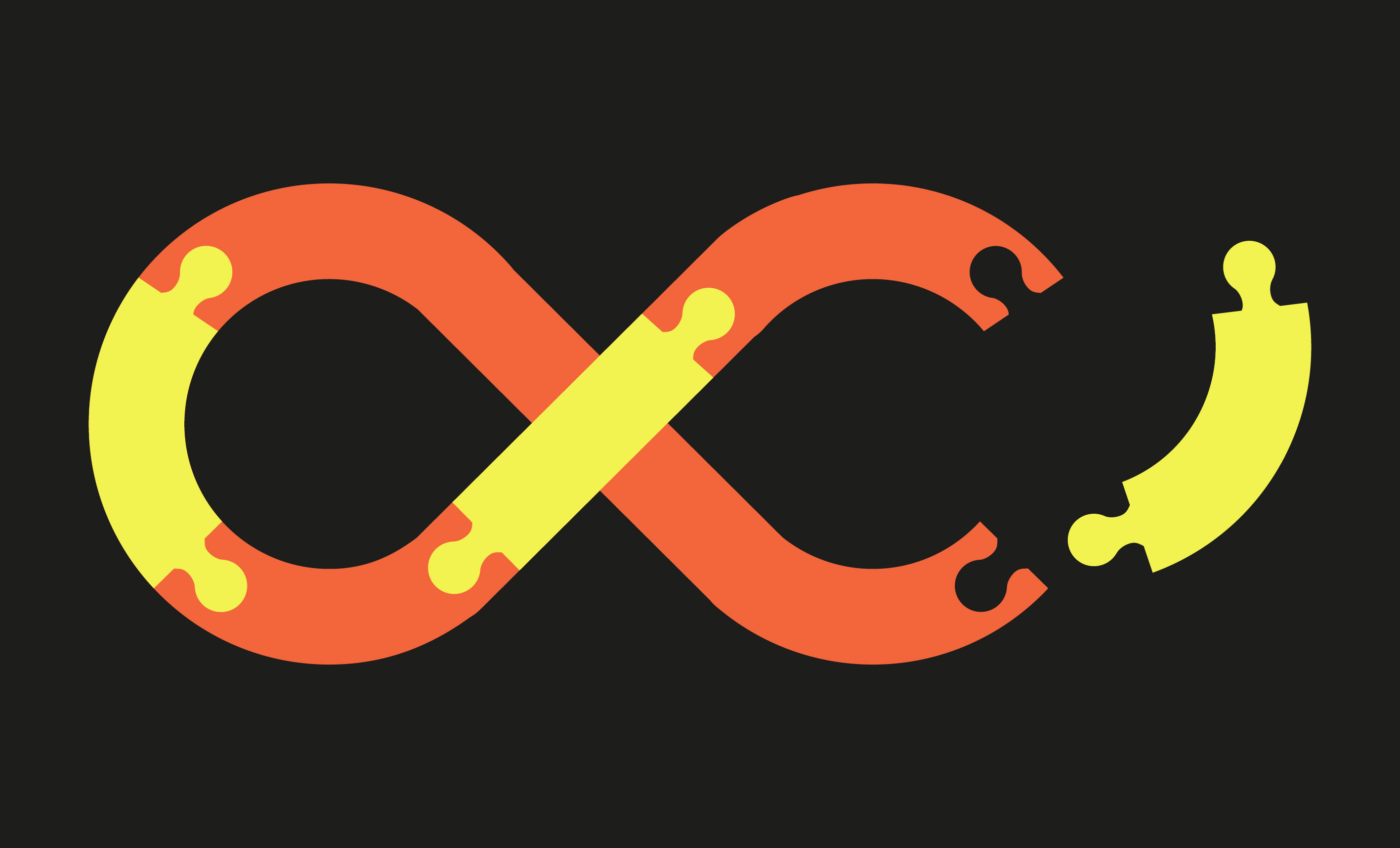
Traditional performance reviews are relics of the past. In today’s dynamic workplace environment, they’re simply too infrequent, too subjective, and too disconnected from the pace of actual work.
Forward-thinking organizations are shifting toward continuous performance calibration — an ongoing system of feedback, clarity, and growth that connects individual development directly to business outcomes.
We spoke with leading People execs who are pioneering this transformation to uncover the insights and best practices behind building a truly continuous performance culture.
“Leaders and employees are finding that lengthy review cycles often lack value and aren’t aligned with the fast-paced nature of their work.” — Barbra Gago, Founder & CEO, Pando
Barbra emphasizes that traditional review cycles often deliver feedback too late to matter. By the time reviews happen, priorities have shifted — and so has performance. Real-time calibration creates a more dynamic and accountable environment where performance isn’t something you look back on, but continuously tweak, iterate on and refine.
“Feedback should be constant, like making micro-adjustments to your form. at the gym” — Kim Minnick, Founder, Code Traveler HR
Continuous feedback builds momentum and muscle memory. It turns development into a daily practice rather than an annual event.
“We mandated ‘Feedback Fridays,’ where employees and managers exchanged feedback regularly.” — Hebba Youssef, Chief People Officer, Workweek
Rituals create culture. When feedback becomes part of the weekly rhythm, it stops being scary and starts being second nature. People feel safe and trust that feedback is not a weapon wieled at review time, but a tool to help them improve. Building around simple rituals makes it easier to roll out more formal or structured checkins. Since employees are already used to giving and receiving feedback, they appreciate the more formal check in as a way to calibrate on next steps and align to their career goals.
“It’s about the holistic view of the person and their potential.” — Colleen Gangl, Chief People Officer, Rev Health
Feedback should be a mirror and a map — reflecting current performance while guiding future growth. Folks want to know where they stand, and using competencies and focused on growth dimensions help put things into concrete, relevant context for each individual. Yes you want employees to achieve business outcomes, and how they do that matters as well. Connecting the dots between the what (goals) and the how (competencies and values) creates a much more holistic view about performance that is tightly aligned to company values.
“Managers have the biggest impact on an employee’s day-to-day experience and mental health.” — Hebba Youssef, Chief People Officer, Workweek
Managers are the heartbeat of a continuous performance culture. When they’re empowered, trained, and supported, everything else follows. Providing tools that are on-demand, and contextually relevant to the folks on their teams will support managers in their day-to-day more than generic performance assessments. Levels and competencies can be used to provide level-based feedback to individuals at different levels, and in different roles, so employees feel it's clear what they should be focused on and how they can grow.
Continuous performance isn’t a switch — it’s a shift. Just like the transition from annual to always-on, the program itself is a process that will evolve overtime. Start with small, repeatable habits that can scale over time.
Continuous performance cultures drive clarity, accountability, and engagement. It empowers people to grow faster, contribute more meaningfully, and align with business success in real time. When organizations make this shift, they stop managing performance — and start unlocking potential.

Pando is the just-in-time performance platform that helps organizations maximize employee lifetime value. By enabling real-time feedback, transparent career pathing, and continuous growth, Pando empowers people leaders to build cultures of performance, equity, and engagement.